If you’re reading this, you are most likely looking for a job and you likely recognize LinkedIn’s potential and are considering its premium features. LinkedIn offers multiple premium plans, each targeted for a specific use case. LinkedIn Premium Career is LinkedIn’s premium subscription service designed specifically for job seekers, costing $29.99 per month or $239 annually. It promises features like applicant insights, featured applications, InMail credits, and AI-powered tools to give you an edge in your job search.
But is LinkedIn Premium worth it? The straightforward answer is NO.
For most job seekers, the features offer minimal practical value despite how useful they might sound on paper. Some features don’t integrate with employers’ Applicant Tracking Systems (ATS)- the platforms that 99% of Fortune 500 companies actually use for hiring decisions. Other features have alternatives that are free or significantly lower cost.
LinkedIn’s official site lists the following benefits and features of the LinkedIn Premium Career subscription:
- Find The Right Job
- Standing Out From Competition
- Networking
- Learning
Finding The Right Job
Does LinkedIn’s “Applicant Insights” Give You An Unfair Advantage Over Your Competitors?
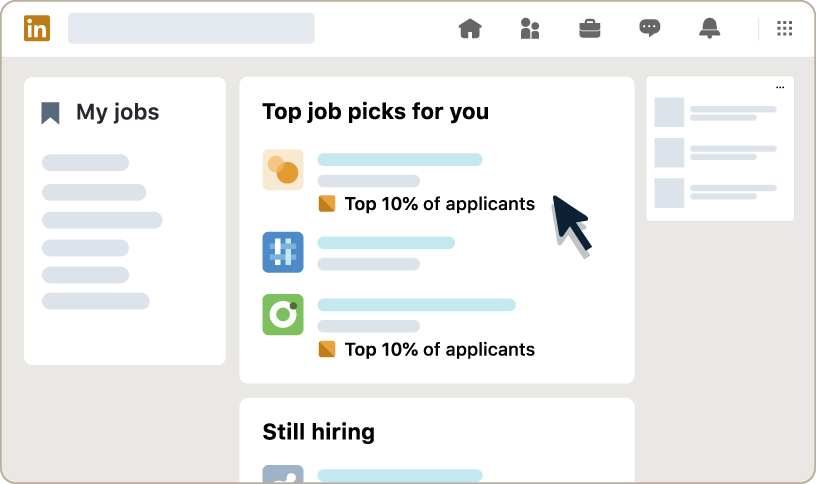
LinkedIn Premium’s Applicant Insights feature helps you identify if you’re among the top 10% of candidates who have applied for a job. While this seems valuable for prioritizing where to spend your application time, there are significant limitations.
Practical Considerations
- LinkedIn only sees applicants who apply through their platform, not those applying via company websites, job boards, or referrals
- Rankings change as more people apply, so you’re working with a snapshot in time
- LinkedIn’s ranking algorithm may differ significantly from what the actual employer values. (Based on various Reddit discussions, recruiters don’t find LinkedIn’s “top applicant” useful for evaluating actual fit)
Alternatives
- Use specialized tools like Upplai to get a comprehensive resume score and ATS score with detailed breakdowns of job requirements, missing skills, missing keywords and ATS optimization suggestions
Our Assessment
Medium value. While imperfect, this ranking can help you prioritize applications, but don’t rely on it as your primary decision-making tool.
Do the advanced search filters on LinkedIn actually help?
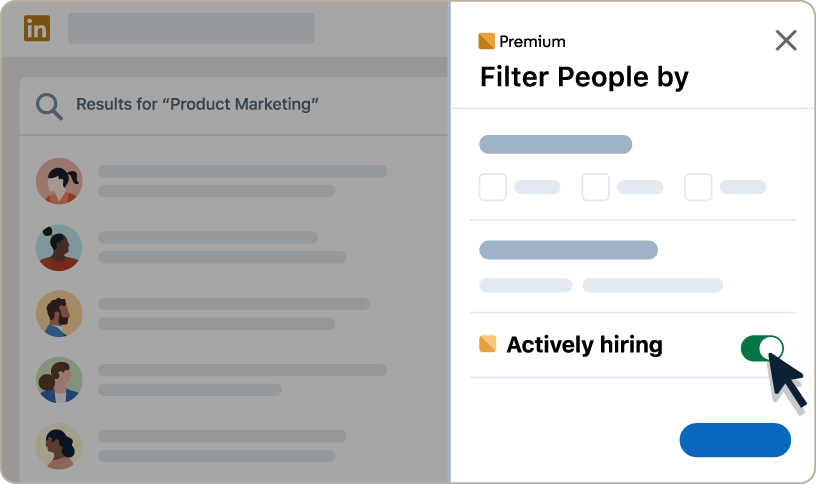
LinkedIn Premium Career users get access to advanced search filters like “actively hiring companies” and “jobs with fewer than 10 applicants”. While this may sound like another edge to stay ahead of competitors, let’s think through the practical considerations.
Practical Considerations
- Looking for employers who are “actively hiring” might indicate that the employer is hiring for multiple roles, but it doesn’t necessarily mean that all the roles are relevant to you. Neither does it mean that you have a higher chance of getting hired by that employer than any other employer who may be hiring for just one role
- In today’s market, jobs receive hundreds of applications within hours, making the “fewer than 10 applicants” filter largely irrelevant within a couple of days if not hours
Alternatives
- Use LinkedIn’s free search with the “jobs posted in the past 24 hours” filter for recently posted jobs to apply before your competitors do
Our Assessment
Low value. The premium search filters don’t provide meaningful advantages in today’s competitive job market.
Does Marking a Job as “Top Choice” Get You Noticed?
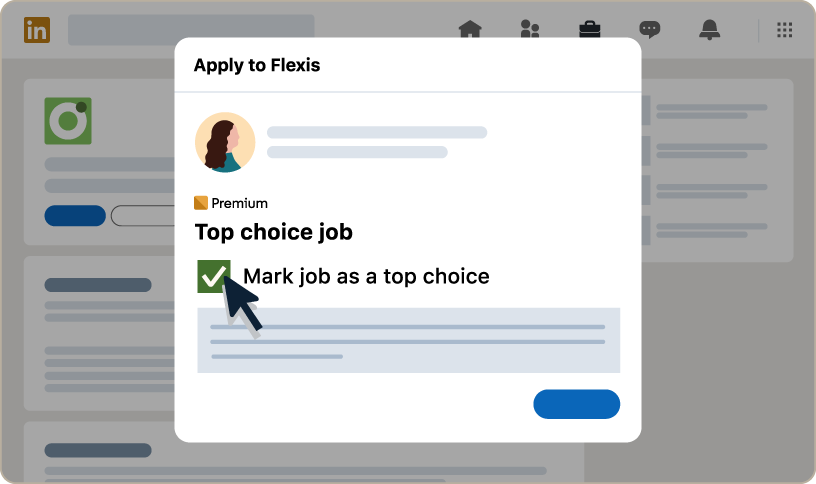
As a LinkedIn Premium Career user, you can select up to 3 jobs as your ‘top choice’ job every month. This allows you to include an additional 400-character message to recruiters. LinkedIn claims this improves response rates by 43%. But does it actually improve outcomes?
Practical Considerations
- In today’s job market, recruiters are already overwhelmed with hundreds of applications and likely won’t have time to read additional messages beyond resumes and cover letters
- The top choice message is shown only in LinkedIn’s recruiter interface, not in companies’ main ATS systems where most hiring decisions are made. (99% of Fortune 500 companies and 75% of large employers use some form of ATS in their hiring process, and most route all applications through these systems)
Alternatives
- Use a compelling cover letter and strong resume summary to convey the same information
- These traditional methods work across all application channels and appear in employer ATS systems
Our Assessment
Low value. This feature doesn’t integrate with most companies’ actual hiring workflows.
Standing Out From Competition
Does Being A “Featured Applicant” Improve Your Interview Chances?
LinkedIn Premium Career users can use the ‘Feature My Application’ functionality to highlight their application with a premium badge and to show it above non premium users’. But does it improve interview chances?
Practical Considerations
- This is essentially a “sponsored” placement. Recruiters understand applicants are paying for visibility.
- Additionally, the ‘featured applicant’ badge and ranking only appear in LinkedIn’s recruiter interface, not in the employer’s ATS, the primary platform most employers use for hiring decisions
Alternatives
- None. The closest alternative would be getting a referral from someone at the company
Our Assessment
Low value. There’s no independent evidence linking LinkedIn’s ‘featured applicant’ feature to improved hiring outcomes.
Is LinkedIn’s “AI Profile Writing” Better Than ChatGPT?
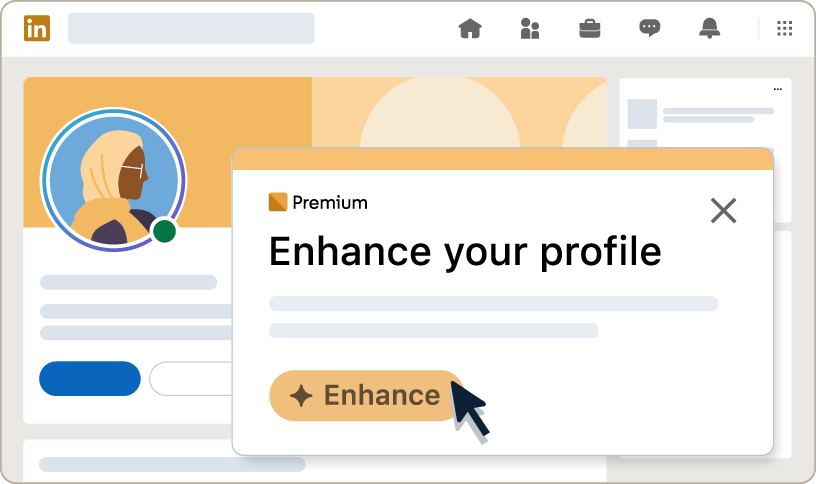
LinkedIn Premium Career users can use LinkedIn’s AI features to enhance their profile to stand out to recruiters. But how does it compare to ChatGPT, which most job seekers already know and use?
Practical Considerations
- LinkedIn’s AI and ChatGPT use similar underlying technology, but ChatGPT offers more flexibility and customization options
- You can give ChatGPT more detailed prompts and context about your specific industry or role
Alternatives
- ChatGPT, Claude, Gemini, or Copilot with prompts like: “Rewrite my LinkedIn headline for a [job title] role highlighting my [specific skills] skills and [specific experience] experience.”
- AI resume optimization tools that can also help with LinkedIn profile enhancement
Our Assessment
Low value. ChatGPT provides equal or better results with more flexibility, and it’s completely free.
Can LinkedIn’s “AI-Powered Job Insights” Predict Your Interview Chances?
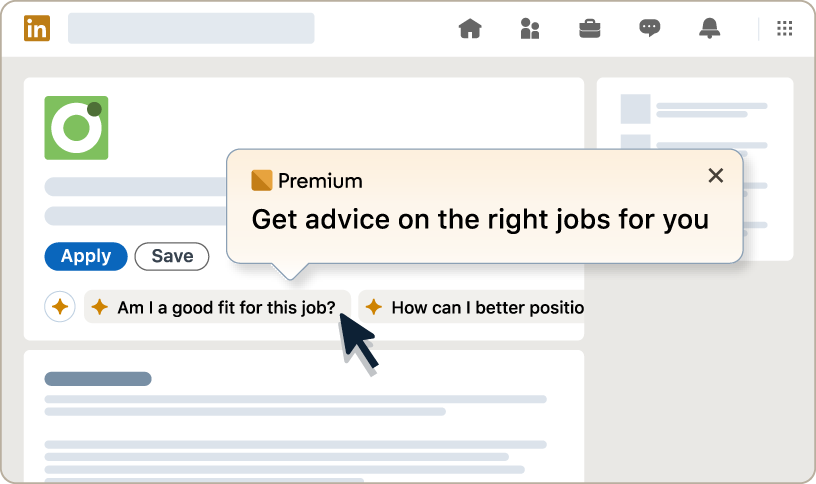
LinkedIn Premium Career users can get AI powered insights on job posts to better understand whether they are a good fit for a role, how to stand out to recruiters etc. But can these insights actually predict your likelihood of getting an interview?
Practical Considerations
- Free AI assistants like ChatGPT, Gemini, Claude, and Copilot can analyze job descriptions and provide fit assessments, with the added benefit of allowing follow-up questions and deeper analysis
- Most importantly, LinkedIn cannot give you an ATS score, a crucial data point showing how your resume might perform in the systems used by 99% of Fortune 500 companies
- LinkedIn’s insights focus on general advice rather than specific, actionable optimization for a role
Alternatives
- ChatGPT, Gemini, Claude, or Copilot for free job fit analysis with unlimited follow-up questions
- Specialized platforms like Upplai for comprehensive ATS scoring and keyword optimization that actually impact interview chances
Our Assessment
Low value. Better insights available through free tools, especially those like Upplai that also include crucial ATS optimization strategies that actually help you get past initial screening.
Networking Features
Do Profile View Analytics Actually Help Your Job Search?
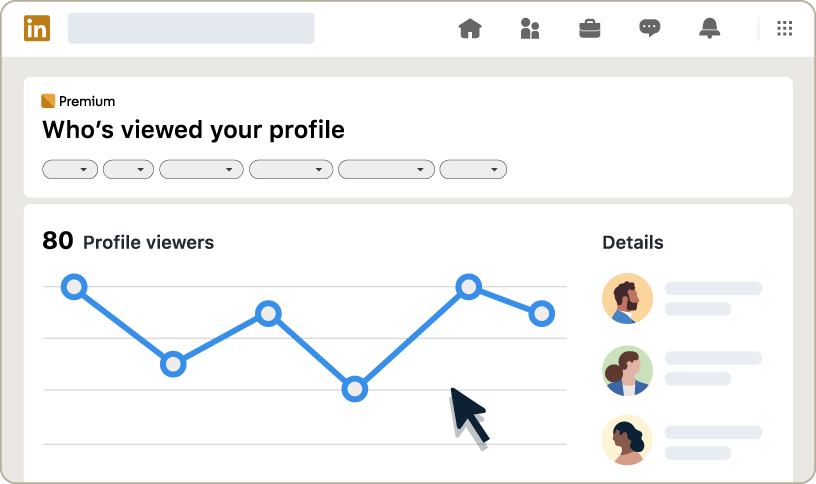
LinkedIn Premium Career users can see who viewed their profile over the past year, analyze viewer trends, and browse profiles anonymously. But does knowing who viewed your profile actually help you land interviews?
Practical Considerations
- Profile view data is primarily a vanity metric that doesn’t directly impact job application success
- LinkedIn’s free version already provides the actionable information you need. For example, it might show the person’s name, or it might say something like, “Someone at XYZ company”
- Anonymous browsing isn’t typically useful for job seekers, who typically want to be visible to potential employers
- Focusing on profile views can be a distraction when you should be spending time on applications and networking
Alternatives
- Use LinkedIn’s free profile view information to follow up when companies you’ve applied to check your profile
Our Assessment
Low value. This feature provides limited actionable insights and can actually distract from more productive job search activities.
InMail: Is Direct Messaging Worth the Premium Price?
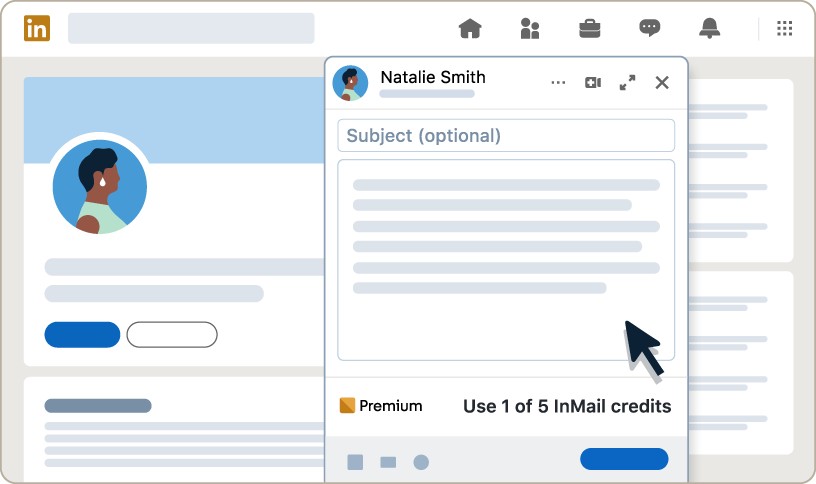
LinkedIn Premium Career users can send 5 InMail messages per month to people outside their network. But are 5 InMails worth the $30 when you’re actively job searching?
Practical Considerations
- If you’re actively applying for jobs, you’re likely to apply to more than 5 roles in a month- meaning you’ll want to contact more than 5 employers monthly
- If you know a person’s name, you can often guess their email address using commonly used formats:
- <first name>.<last name>@<company domain> => john.doe@acme.com
- <first name>_<last name>@<company domain> => john_doe@acme.com
- <first name initial><last name>@<company domain> => jdoe@acme.com
- <first name>@<company domain> => john@acme.com
- Many professionals’ email addresses can be found through quick research
Alternatives
- LinkedIn’s free connection request feature with personalized messages
- Educated guessing using commonly used email formats
- Use tools like Perplexity AI to find their email address. Simply use a prompt like:
- “What is the official email address of John Doe who works at Acme Corp (https://acme.com)?”
- Connect with mutual contacts to get introductions
Our Assessment
Medium value. Useful but insufficient quantity, and free alternatives exist.
Do You Need LinkedIn AI For Drafting Messages?
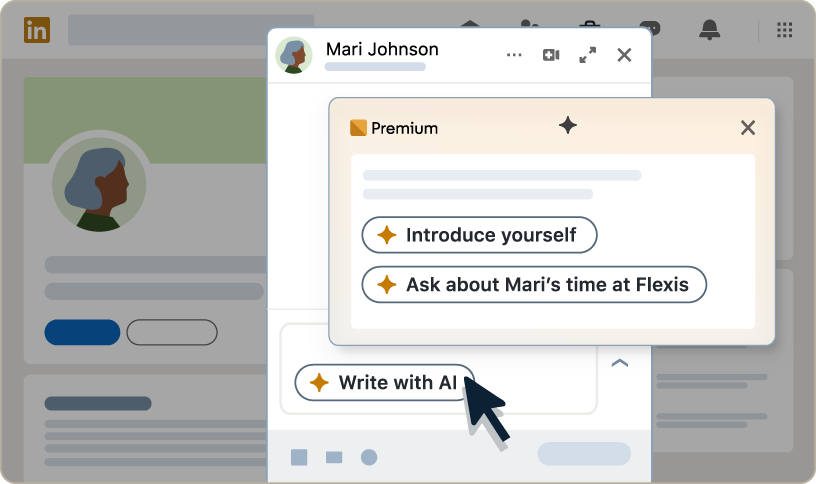
LinkedIn Premium Career users can get help drafting a message to a hiring manager using LinkedIn’s AI. While this can be useful, does it justify paying $30/month when free alternatives exist?
Practical Considerations
- Free AI assistants like ChatGPT, Gemini, Claude, and Copilot can craft equally effective messages to hiring managers
- These free alternatives offer greater flexibility for follow-up requests, revisions, and tweaks
- You can provide more context and specific instructions with free AI tools compared to LinkedIn’s built-in prompts
- These tools integrate into workflows you’re likely already using for other job search tasks
Alternatives
- ChatGPT, Gemini, Claude, or Copilot for message drafting with unlimited follow-ups
- Use prompts like: “Help me write a professional message to a hiring manager at [Company] about the [Job Title] position, expressing my interest in the role, mentioning [specific detail from job posting], and explaining how my experience with [specific experience] at [company] aligns with their requirements”
Our Assessment
Low value. Free alternatives are equally effective with more flexibility and customization options.
Learning Features
Is LinkedIn Learning Helpful During Job Search?
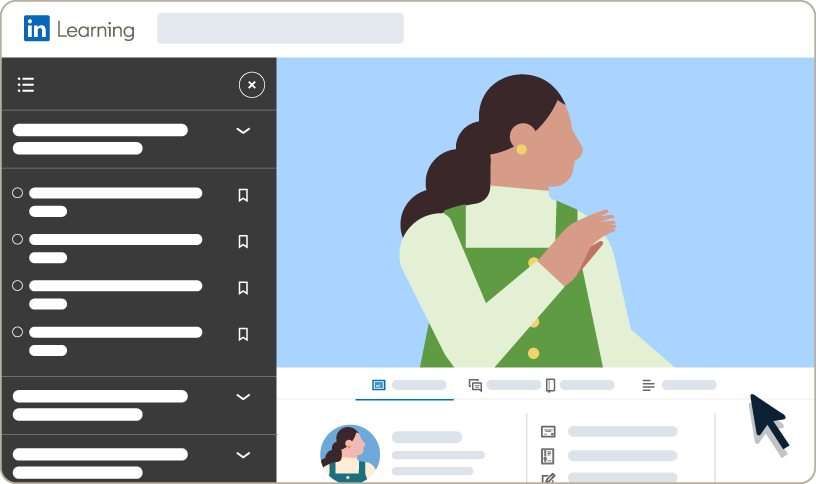
LinkedIn Premium Career includes full access to LinkedIn Learning’s 21,000+ courses covering business, technology, and professional skills. But is this the right time to be taking courses?
Practical Considerations
- Most effective job seekers acquire necessary skills and certifications before beginning their active job search to include them on their resume and LinkedIn profile
- During the job search period, your time is better spent on applications, networking, and interview preparation rather than learning new skills
- New skills learned during your job search won’t help with applications you’re sending today
Alternatives
- Udemy, Coursera, Skillshare, and many free educational platforms
- Free YouTube courses and tutorials
- Focus learning time before or after your active job search period
Our Assessment
Low value for active job seekers. Better to upskill before job searching begins, then focus entirely on applications and networking.
The Verdict
LinkedIn Premium Career: Feature Value Summary
| Feature | Our Assessment | Why |
|---|---|---|
| Applicant Insights | Medium | Helpful but limited data |
| Advanced Search Filters | Low | Minimal practical advantage |
| Top Choice Jobs | Low | Doesn’t integrate with employer systems |
| Featured Applicant | Low | No proven impact on hiring |
| AI Profile Writing | Low | Free alternatives available |
| AI Job Insights | Low | Missing crucial ATS insights |
| Profile Views | Low | Vanity metric with limited value |
| InMail | Medium | Useful but limited, alternatives exist |
| AI Message Drafts | Low | Free alternatives available |
| LinkedIn Learning | Low | Poor timing for active job seekers |
The average job search now takes around 5 months. That would take the total cost of LinkedIn Premium Career to $150 for a typical job seeker. For that investment, you get features that largely duplicate free tools or don’t integrate with the systems employers actually use for hiring decisions.
What Actually Works in Today’s Job Market?
The harsh reality: improving your LinkedIn profile won’t help you get past resume screening rounds. With 99% of Fortune 500 companies using Applicant Tracking Systems (ATS) for automated resume screening, and ATS systems filtering out up to 80% of applicants, success requires:
- ATS optimization – ensuring your resume passes automated screening
- Tailored resumes and cover letters for each application – not just a better LinkedIn profile
- Speed and consistency – applying within 24-48 hours of job postings
- Quality over quantity – targeted applications to roles where you’re a strong fit
Skip Premium, Optimize Smarter
Instead of paying for LinkedIn Premium, leverage tools designed for actual job search success:
- Free ATS optimization: Upplai offers free ATS and resume scores for up to 200 jobs every month. You can get a clear picture of how your resume would fare during ATS and recruiter screening rounds
- Targeted resume tailoring: Resume optimization platforms like Upplai help you create and manage job-specific resumes starting at $0.50 per application, with no annoying subscriptions
- Free AI tools: Use ChatGPT or Claude for LinkedIn profile optimization, and personalized message drafting
The bottom line: LinkedIn Premium solves the wrong problems for job seekers. Focus your time and money on what actually gets you hired- tailored applications that pass ATS screening and impress recruiters.

